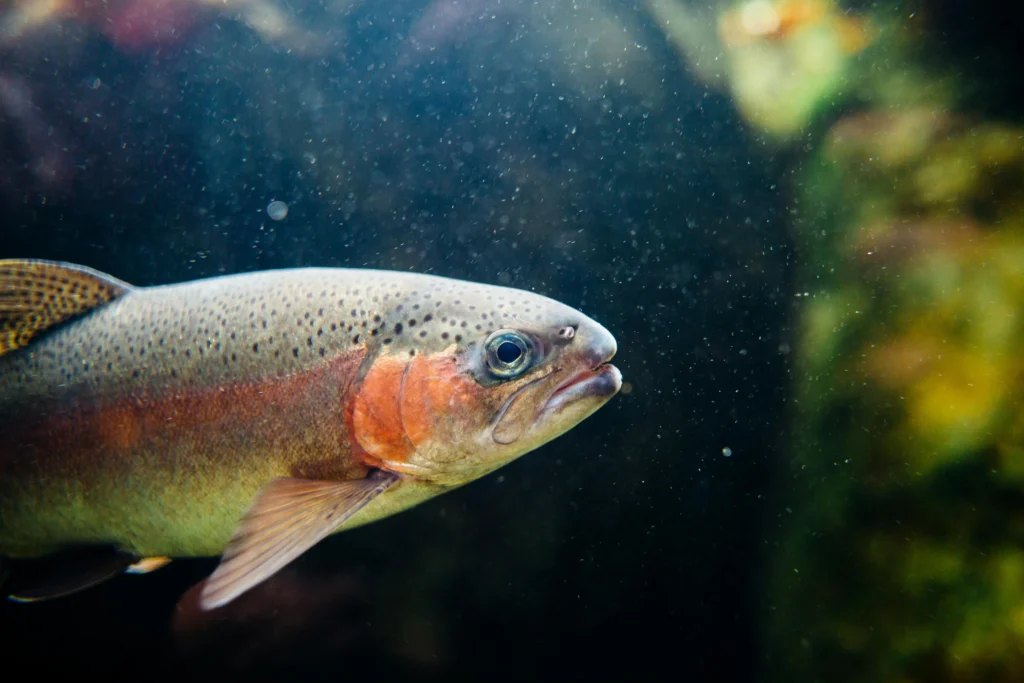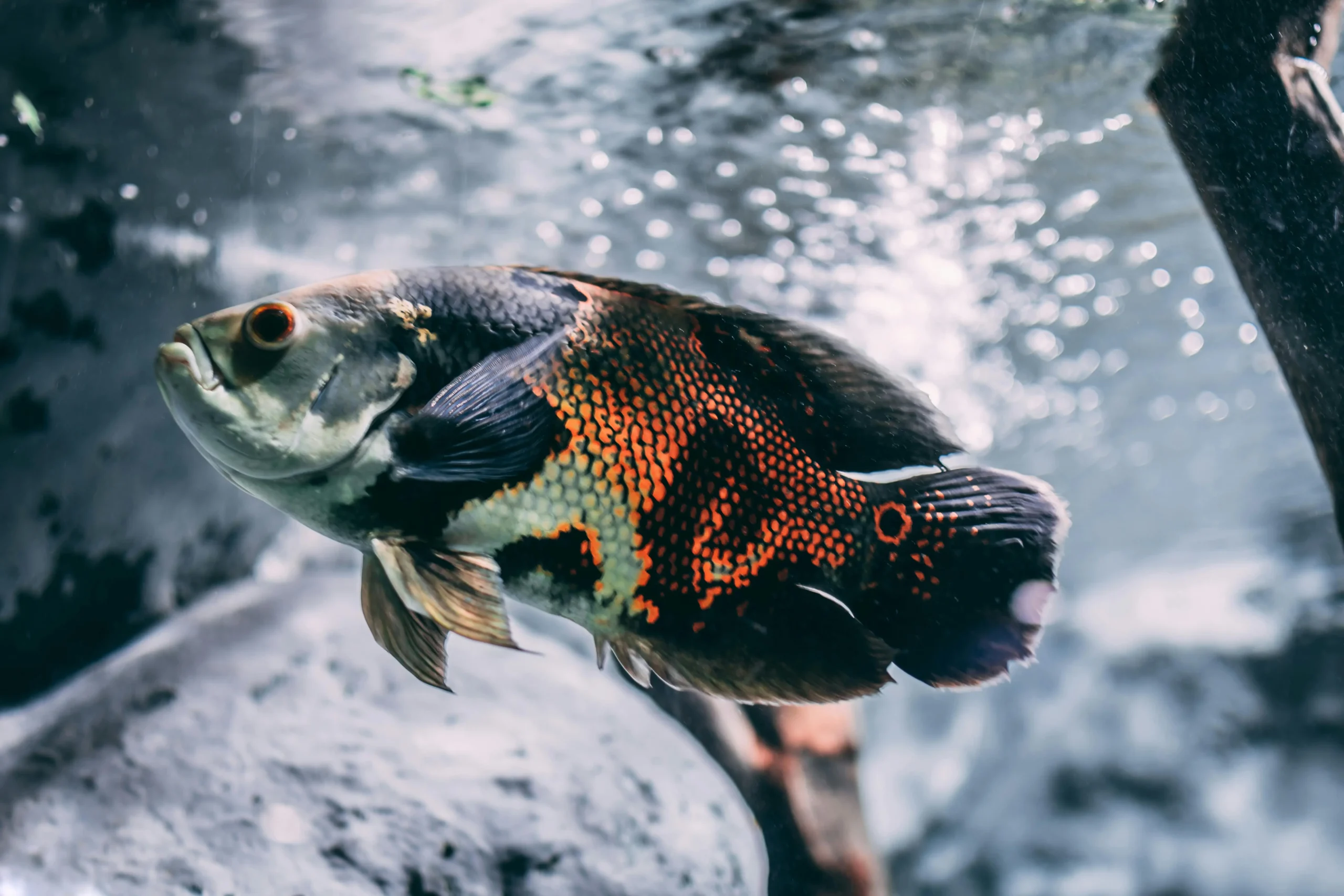Having a clean and healthy aquarium is essential for your fish’s wellbeing. Filtration plays a key role in maintaining proper water parameters by removing waste and debris. But can you have too much filtration? Is there such a thing as over filtering your fish tank?
The short answer is yes, it is possible to over filter your aquarium. Over filtering occurs when the filtration system processes water through the filter media faster than the tank can replace it. This can cause issues with water flow, oxygenation, and nitrogen cycling that have negative impacts on your aquarium inhabitants.
Moderation is key when it comes to filtration. You need sufficient filtration to keep the water pristine, but not at levels that disrupt the delicate balance of the tank. This article provides a comprehensive guide on over filtering fish tanks, including signs, impacts, solutions, ideal filtration levels, and frequently asked questions. Read on to learn everything you need to know about over filtering and maintaining the right balance for a healthy aquarium.
Signs Your Fish Tank is Over Filtered
How can you tell if your filtration system is overpowered for your tank? Here are some key signs to watch out for:
Excessive Water Flow
Too much water agitation at the surface or strong output flows from the filter are indicators your tank filtration generates too much circulation. Your fish may struggle swimming against currents.
Surface Film Removal
Surface protein film develops naturally as part of the nitrogen cycle. But if your filter intake rapidly sucks up and removes this film, it’s a red flag for over filtration.
Low Surface Gas Exchange
Rapid water turnover can prevent proper gas exchange at the surface between tank water and atmospheric air. This can lead to lower oxygenation.
Rapid Waste Removal
While you want your filter to remove fish waste, excessively fast removal of organic matter before it breaks down can interfere with the nitrogen cycle.
Cloudy Water
Cloudy or hazy water can occur when filter media traps fine debris that remains suspended in the water column. Fast water flow prevents particles from settling.
Struggling Plants
Too much water current can uproot delicate plants or prevent proper nutrient absorption, leading to poor plant growth.
Impacts of Over Filtering Your Aquarium
What happens when your fish tank becomes over filtered for an extended period? It can negatively impact the ecosystem in several ways:
Disrupted Nitrogen Cycle
The nitrogen cycle relies on a balance between the breakdown of fish waste and uptake by nitrifying bacteria. Over filtering can shorten this process and prevent proper cycling.
Reduced Oxygenation
Excessive surface turbulence and flow can drive off oxygen faster than atmospheric gas exchange can replace it, resulting in lower tank oxygenation.
CO2 Deficiency
Similarly, too much surface agitation depletes carbon dioxide required by plants for photosynthesis. Plants may exhibit poor growth.
Struggling Fish

Fish may struggle to swim against strong currents. Flows may impede natural behaviors like feeding and schooling. Over filtering stresses fish.
Beneficial Bacteria Loss
The rapid flow of water through filter media can wash away populations of essential nitrifying and denitrifying bacteria colonies.
Small Debris Remains Suspended
While large particles get filtered out quickly, smaller debris can remain constantly suspended in the water column under excessive flows. This contributes to cloudiness.
Reduced Nutrient Availability
Organic waste gets removed from the system before plants and bacteria can absorb nutrients like nitrogen and phosphorus, reducing their availability in the tank.
Solutions for Over Filtered Aquariums
If you suspect your tank is over filtered, there are several corrective actions you can take:
Reduce Water Flow
Adjust the filter settings, valves, pumps or powerheads to reduce total water circulation through the tank. This simple fix helps balance filtration.
Diffuse the Output
Add foam barriers, spray bars or other accessories to the filter output to gently spread and diffuse the return flow. This prevents harsh direct streams.
Clean Media Less
Limit how often you rinse filter media like bio balls, sponges, etc. Let them clog a bit more to impede flow. But don’t let them get completely blocked.
Add More Media
Pack additional filter media like foam, bio balls, etc into the filter or modules. More material will slow down the flow rate.
Use Multiple Filters
Divide the filtration between two smaller filters instead of one large one to split up the total flow capacity entering the tank.
Duckweed and Floating Plants
Let floating plants establish at the surface to disrupt flow and absorb excess nutrients. Duckweed, water lettuce and frogbit are good choices.
Add Obstructions
Place larger hardscape items like rocks and wood strategically to block or divert areas of high flow and create calmer zones.
What is the Ideal Filtration Level?
So how much filtration should your fish tank actually have? Here are some general guidelines:
- Turnover Rate: Aim for a turnover rate between 4-5 times per hour for most community tanks. This means if your tank holds 50 gallons, your filter(s) should have around 200 to 250 gallons per hour (GPH) flow. Turnover indicates how many times the full tank volume passes through the filter per hour. Higher than 5x may indicate over filtration.
- Manufacturer Recommendations: Most filters indicate the appropriate tank sizes and capacities they are designed to handle. Stay within the recommended ranges for your model. Using a filter rated for 100+ gallon tanks on a 30 gallon tank risks over filtering.
- Media Volume: Canister filters and sumps should contain roughly 1 liter of filter media per 10 gallons of water. The more media volume relative to tank size, the higher the filtering capacity. Limit excessive media in smaller tanks.
- Fish Load: Stocking level impacts bio-load and potential waste accumulation. Heavily stocked tanks may need slightly higher filtration than sparsely populated ones of the same volume.
- Additions: Factoring in any supplemental circulation pumps, powerheads or flows from reactor media can help assess total combined filtration.
- Planted Tanks: Heavily planted tanks process more waste in the tank and can benefit from lower turnover rates on the lower end of the 4-5x per hour range.
Conclusion
Maintaining the ideal balance with filtration takes some trial and error. Observe your tank inhabitants and water conditions closely. Start conservatively then make incremental filtration adjustments.
Adding more is easier than removing filtration once established. The goal is the minimum required filtration for excellent water quality and healthy fish, not the maximum possible filtration. With the right balance your tank will thrive!
FAQs About Over Filtering Aquariums
Can adding more filter media over filter a tank?
Yes, cramming excess filter media like bio balls into a canister filter or sump chambers can reduce flow rates too much. Aim for 1 liter of media per 10 gallons of tank capacity.
Will an oversized filter hurt my fish?
Directly, no. But the resulting effects like reduced oxygen, poor nitrogen cycling, high flow, and unstable CO2 levels can stress and potentially kill fish over time.
Is a high turnover rate always bad?
Not necessarily. Some very large tanks housing messy fish may need higher flows near 10x turnover to maintain water quality. But exceeding 5x turnover often causes issues for most average community tanks under 75 gallons.
Can too much mechanical filtration be harmful?
Absolutely. Removing organic waste too quickly via mechanical media like filter floss, pads and sponges leaves insufficient nutrients in the tank for the nitrogen cycle and plants. Some debris is beneficial.
Should I disable the spray bar to reduce flow?
No, diverting all the output in an uncontrolled stream can be too harsh. Diffuse the spray bar or aim it against hardscape. Disabling it concentrates flow velocity.
Will floating plants help oxygenate over filtered tanks?
Unfortunately floating plants don’t generate much oxygen at night without photosynthesis. Relying on them risks low nighttime oxygen when plants respire and use instead of produce oxygen.
Can more frequent water changes compensate for over filtration?
Increased water changes can help reset some parameters like nitrates and CO2 levels. But over filtering stems from system issues better solved by adjusting the filters directly rather than working around them.
